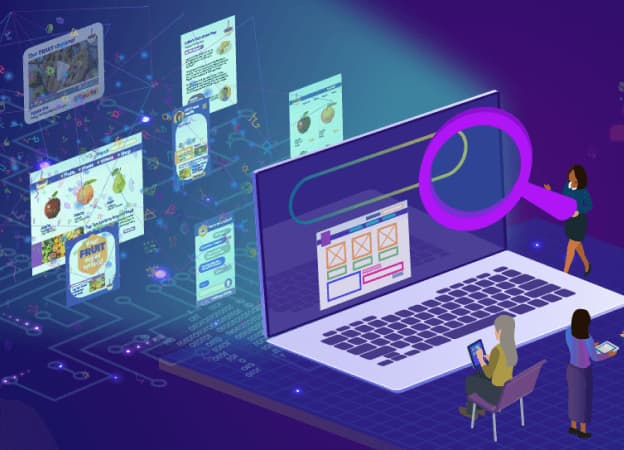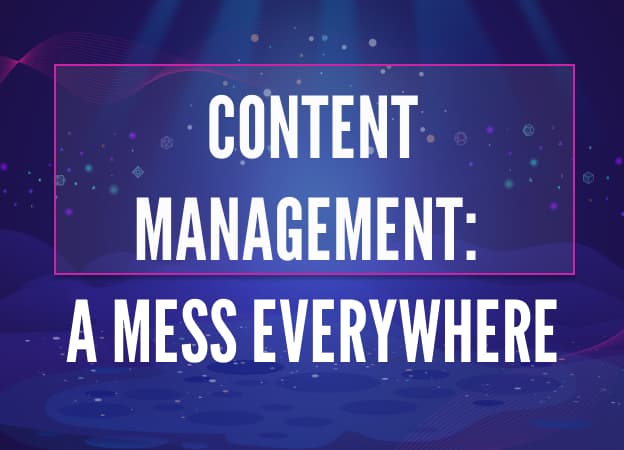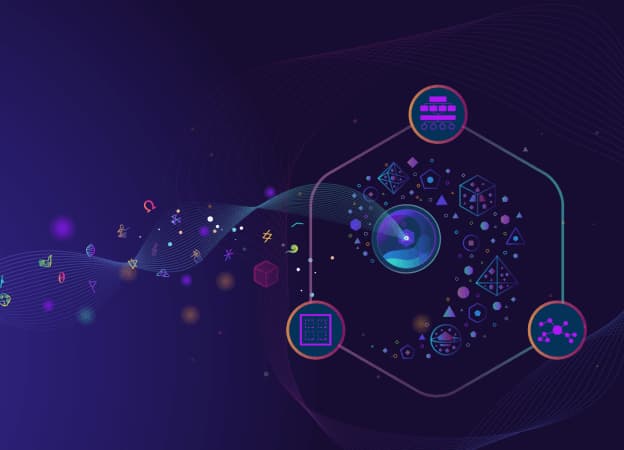Customer expectations have never been higher. Today’s users want personalized, seamless experiences across every touchpoint—and they expect brands to deliver instantly. But outdated content systems and disconnected platforms make it hard to keep up.
In 2025, the brands that provide the best Customer Experience (CX) use AI tools. These tools help manage content, track behavior, and respond to customers quickly across different channels.
This article looks at important tools for businesses. These tools include live chat, recommendation engines, and advanced CX platforms. They help businesses meet growing demands, improve customer relationships, and stay competitive.
Why Traditional CMS Is Holding You Back
Legacy CMS platforms fall short in today’s experience-driven landscape. From limited personalization to disconnected data, here are the key ways they’re slowing you down.
1. Rigid Templates and Limited Flexibility
Most traditional CMS platforms force content into predefined layouts that don’t account for user behavior or real-time context. That’s a major roadblock when trying to respond to customers dynamically or tailor messaging based on insights into customer behavior.
2. Disconnected Customer Journeys
A blog here. An email campaign there. A landing page that doesn't match either. Traditional systems can’t offer a unified view of customers, which leads to disjointed experiences and inconsistent messaging across multiple channels.
3. Heavy Technical Overhead
Want to tweak a headline or run a campaign? Get in line behind the dev team. Older CMS platforms make marketers dependent on IT and slow down content delivery. And let’s not forget the burden of self-hosting, security patches, and middleware maintenance.
4. Performance and SEO Friction
Slow load times, clunky URLs, and limited SEO controls mean that even great content gets buried in search results—costing you visibility and conversions.
What You Need Instead: AI-Driven, Personalized Content
AI-Powered Personalization and Predictive Content
Modern CX platforms tap into AI-powered segmentation, analyzing behavior and preferences to serve the right message at the right moment. Think Spotify-style recommendations, Netflix-level engagement, and Amazon-like conversion paths—all fueled by real-time data.
Live Chat and NLP for Responsive Customer Support
Today’s live chat tools go way beyond scripted answers. Natural language processing (NLP) helps AI agents understand user intent, drawing on past interactions to deliver smart, contextual responses. By 2029, 80% of interactions will happen without a human agent.
Dynamic Content Engines Across Channels
Using collaborative filtering and smart targeting, AI-powered CX platforms optimize content delivery across web, email, mobile, and more. This ensures consistency, relevance, and high engagement—no matter where the interaction starts.
Frameworks for Scalable Personalization
Personalization isn’t one-size-fits-all. Depending on your goals, team size, and tech stack, different approaches may work best. Here’s a breakdown of the three main frameworks and what each offers in terms of scale, control, and impact.
Rules-Based Personalization
Simple logic like “if user X does Y, show Z.” It’s easy to manage and user friendly, but not scalable for large audiences.
- Pros: Great for small teams and campaigns.
- Cons: Manual segmentation makes scaling difficult.
AI-Driven Personalization
Machine learning models adjust content in real time based on customer feedback, preferences, and behavior.
- Pros: Fully scalable and adaptive.
- Cons: Requires investment in CX platforms and clean data infrastructure.
Hybrid Personalization
The best of both worlds—rule-based logic combined with AI recommendations. Ideal for brands that want control and scalability.
- Pros: Flexible, scalable, and balanced.
- Cons: Slightly more complex to implement, but the payoff is worth it.
Tools to Kickstart Personalized Content
If you're ready to evolve beyond a traditional CMS, here are top tools that help you manage customer experiences more effectively:
Customer Experience (CX) Platforms
Adobe Experience Manager (AEM)
A powerful, enterprise-grade platform that uses AI to deliver personalized content across channels. AEM excels at managing large volumes of assets and complex customer journeys with precision and scale.
Built for real-time personalization, Sitecore allows brands to tailor content dynamically as users interact across different touchpoints. It’s a go-to for companies that want deep content customization and strong data integration.
Ideal for brands that rely on experimentation, Optimizely combines content management with continuous A/B testing. It uses AI to learn from user behavior and optimize experiences automatically over time.
Personalization Engines
An AI-powered platform that personalizes experiences across web, mobile, and email. It enables targeted product recommendations, content variations, and testing—all from one place.
Segment helps unify customer data from various sources (like websites, apps, and CRMs) in real time. This clean, centralized data can then power personalized campaigns and improve targeting accuracy.
A lightning-fast search engine that uses AI to deliver relevant, personalized results. Great for e-commerce and content-heavy sites, Algolia helps users discover what they’re looking for—faster.
AI-Enhanced Customer Support & Live Chat
Conversational AI platforms that combine chatbots and live chat. They can qualify leads, book meetings, and answer questions instantly—personalizing conversations based on user data and behavior.
Omnichannel support tools that use automation and AI to streamline customer service. These platforms help teams manage customer requests across email, chat, social, and more—improving response time and consistency.
The Road Ahead for Content Management
The next five years will radically reshape how we create and deliver content:
- Fully AI-powered personalization will become the norm.
- Headless and composable CMS models will replace monolithic systems.
- Content creation will be AI-assisted, allowing teams to do more with less.
- Customer Experience tools will be tightly integrated across marketing, sales, and service to provide a single, unified view of customers.
- And as privacy laws evolve, ethical AI practices will define how brands build trust.
Moving Forward: What You Should Do Next
Ready to deliver a top Customer Experience across every channel? Here's how to get started:
- Audit your current CMS—Is it limiting your ability to personalize content?
- Set clear goals—What part of the Customer Experience CX are you trying to improve?
- Choose the right Customer Experience software—Look for platforms that support AI-powered personalization and cross-channel delivery.
- Start small, test, iterate—Pilot campaigns and A/B testing help you learn quickly.
- Build internal alignment—Make sure marketing, IT, and customer support are all on board.
Want to dive deeper?
Explore our Publications Catalog to find expert insights and practical guides on AI-powered personalization, CX platforms, and future-ready content strategies. Whether you're just starting or scaling your approach, there's something valuable waiting for you.
Personalized Content Is No Longer Optional
Today’s customers expect content that speaks to them—personally, instantly, and seamlessly. Brands that rely on outdated systems will continue to fall behind, while those that adopt AI-driven, customer-first content strategies will thrive.
Whether you're just starting out or looking to scale, the tools and frameworks exist to help you deliver real-time, personalized content that improves customer experiences, deepens relationships, and drives results.



